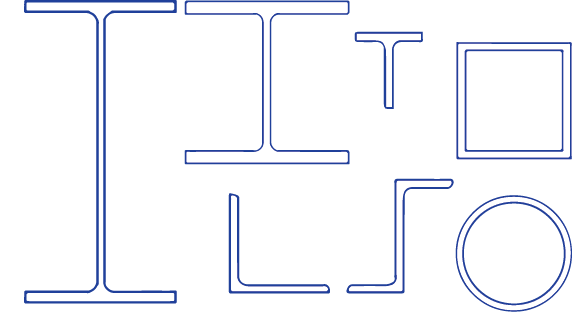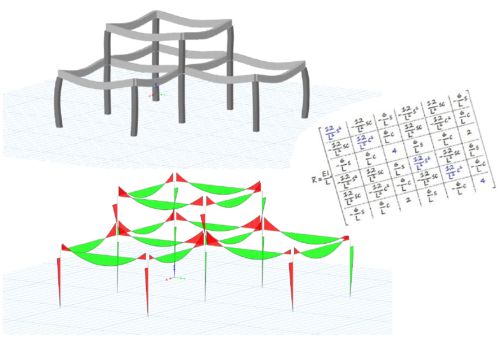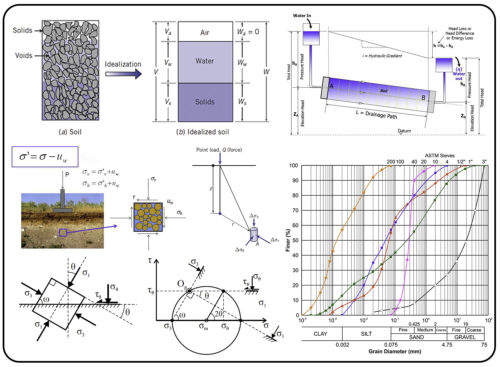- Introduction to steel structures. Structural steel. Basic design principles of Eurocode 3.
- Classification of steel sections. Resistance of sections in tension, compression, shear, bending, torsion.
- Resistance of sections in combined stresses. Final design equations for sections.
- Flexural, torsional and flexural-torsional buckling.
- Lateral-torsional buckling and lateral restraints.
- Shear buckling of thin-web members, local instability effects.
- Resistance of members in combined buckling phenomena. Final design equations for members.
DESIGN OF STEEL STRUCTURAL COMPONENTS
| SEMESTER | 5th |
|---|---|
| eclass | https://eclass.upatras.gr/courses/CIV1541/ |
| Details | http://www.civil.upatras.gr/index.php/odhgos/ |
| Instructor | KARAVASILIS THEODOROS |
| LANGUAGE OF INSTRUCTION and EXAMINATIONS | Greek. Offered also in English in the form of a coursework and meetings in the office of the instructor. |
| Credits ECTS | 6 |
| Teaching Hours | 4 |
| Erasmus+ | Yes |
| Code | CIV_6235Α |
The objective of the course is to teach the theoretical background and the actual design guidelines of EN1993-1-1. It offers an introduction in steel structures and the methods of fabrication and erection. It starts with the main design principles of Eurocodes followed by theoretical lectures on the mechanical behaviour and properties of steel. The core of the course is the calculation of the strength of steel cross-sections and the calculation of the buckling strength of steel members. Finally, the course offers lectures focusing on practical aspects such as preparation of engineer’s drawings for steel structures and effective communication with fabricators and constructors for the successful completion of a project.
After successful completion of the course, the student will be able to:
· Define the class of a steel cross-section.
· To calculate the strength of a steel cross-section.
· To calculate the buckling strength of a steel member.
· To calculate the local buckling strength of a steel member.
· To use EN1993-1-1 for designing steel structural members.





